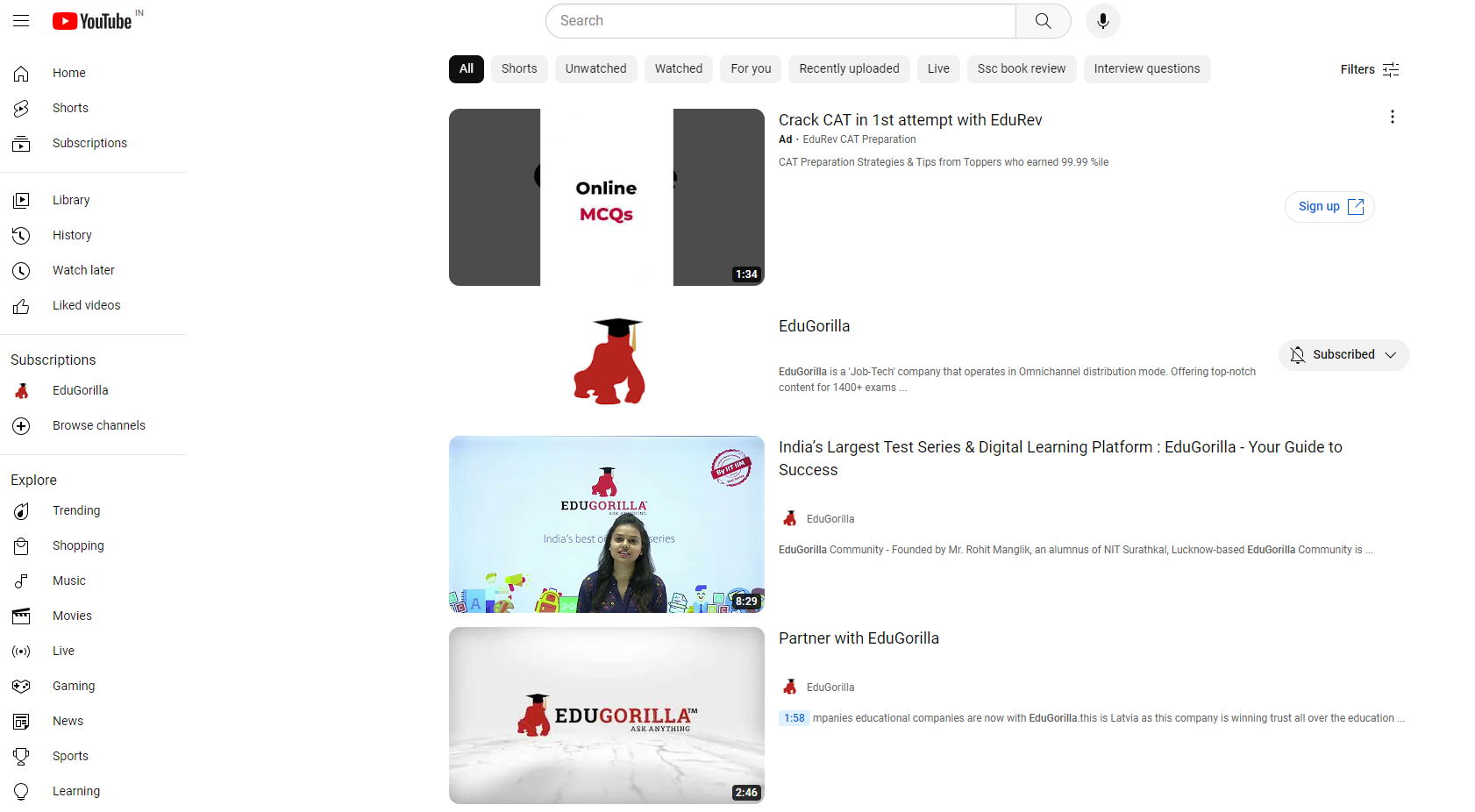As learners, we continually examine our actions and alternatives to see how effectively they satisfy certain goals, therefore evaluating. However, in standard environments such as schools and the industry, evaluations take place on a bigger scale, which necessitates the use of specific methods.

Different types of assessment strategies or methods of analyzing information to discover how much a person understands and if this knowledge corresponds with the larger picture of a theory or framework are referred to as assessment tools.
The assessment methods used change depending on the setting and aim. Formative assessment examples, utilize your replies to determine character qualities, whereas financial evaluations check your knowledge of topics such as saving and investing. Regardless of the context, all assessment methods rely on a set of well-thought-out questions to acquire insights and reach educated conclusions through interpretation of these insights.
This post will teach you about numerous evaluation techniques that can assist you in evaluating performance in a variety of scenarios. We’d give you a summary of formative and summative assessment approaches, their benefits and drawbacks, and particular characteristics to look for as you make your decision.
Types of Assessments
1. Diagnostic Assessments
It is vital to know what type of kids you are preparing the lesson for before you begin writing it. Before beginning education, you should learn about your student’s strengths and shortcomings, as well as their skills and knowledge. You can build your instruction based on the facts you’ve gathered.
2. Formative Assessments
In the first stages of preparing for education, formative assessment is employed. The purpose is to offer feedback through monitoring student learning. It aids in finding the initial holes in your education. Based on this input, you’ll know what to focus on for subsequent instruction growth.
3. Summative Assessments
Summative evaluation examples are used to determine how well the most significant outcomes at the conclusion of the teaching have been met. However, it assesses more: the efficacy of learning, responses to teaching, and long-term effects. Following students who attend your course or take your exam might help you assess the long-term advantages. You may see with summative assessment tools whether and how they apply their newly acquired information, abilities, and attitudes.
4. Confirmative Assessments
After your lesson has been applied in your classroom, you must still assess it. The purpose of confirmative evaluations is to determine whether or not the instruction is still effective after a year, for example, and whether or not the method of instruction is still effective. A confirmative assessment is a more comprehensive version of a summative evaluation.
5. Norm-Referenced Assessments
This compares a student’s performance to the norm. For formative assessment example, this may be the national average for the subject of History. Another example is when a teacher compares his or her pupils’ average grade to the average grade of the entire school.
6. Criteria Referenced Assessments
It assesses students’ performance in relation to a predefined set of criteria or learning standards. It assesses what pupils are expected to know and be able to do at a certain point in their schooling. Criterion-referenced exams are used to assess a certain body of information or skill set; for formative assessment example, it is a test to assess the curriculum given in a course.

Features of An Assessment Tool
1. Validity
The validity of an assessment is determined by how well it assesses the many criteria being examined. In other words, it is the belief that the exam will measure what it is designed to assess.
This indicates that your assessment approach should be appropriate for the situation. If you’re measuring physical strength, for example, you shouldn’t send out a written test. Instead, physical workouts such as pushups and weightlifting should be included as summative assessment tools.
2. Equitable
A good evaluation tool is fair, which implies that it does not favor or disadvantage any participant. Fair assessments indicate that pupils are assessed using the most suitable methods and processes for them. Every participant must be conversant with the exam context in order to perform satisfactorily.
3. Standardization
The application of uniformity to your testing techniques is what standardization implies. For formative assessment example, if you’re sending out a questionnaire, all participants should receive the same set of questions, and all replies should be assessed using the same criteria.
4. Reliability
The correct evaluation instrument yields consistent findings throughout time. As a result, there is consistency or accuracy in these outcomes. Consider if the test can repeat findings every time it is utilized.
For formative assessment example, if the students do identical activities at the same time, the evaluation is considered dependable.
With Gibbon’s standard tools and techniques, teachers will be able to easily assess the student’s learning capabilities. With Gibbon’s state of art website and application, you will be able to modify the content and details according to your wish. The educational assessment tools offered are tailored for you in the way just how you want them.
Educational Assessment Tools
An educational evaluation tool is used to evaluate students’ performance and understanding of a certain topic. Educational assessment tools can be utilized both during and after the learning process.
In formative assessment, for example, the instructor uses several approaches to track a student’s performance as learning advances. This enables the instructor to discover and correct knowledge gaps as students progress from one learning phase to the next. In summative assessment, however, the instructor waits until the end to evaluate the student’s work against a rubric of predicted learning objectives.
Different assessment instruments, as expected, function for different forms of educational evaluation. As a result, although quizzes and straw polls are appropriate for formative assessment, end-of-term exams with closed-ended questions are more suited for summative evaluations.
- Teachers can use different types of assessment strategies to track and evaluate students’ progress throughout the learning process.
- They give sufficient data to improve overall teaching and learning experiences.
- When students do not do as well as they would want, educational assessment instruments might induce worry or influence their motivation.
- It is not always an accurate picture of how far the children have progressed.
ABOUT GIBBON
Gibbon is a Plug and Play solution offered by EduGorilla, for anyone with a skill to teach. Gibbon helps you to take your classes online and earn independently.
- Gibbon gives you the ability to conduct & record LIVE classes, host unlimited video courses, provide online mock tests, and conduct online tests with LIVE proctoring abilities.
- Gibbon also provides you ready-made content of 1600+ Competitive, Entrance, and Academic exams from around the country.
- Gibbon helps you reach out to more students online and get a complete marketing setup.
- We have helped more than 3000 Brands, 10000 Institutes, 20000 Teachers and 2 Crore Students, transform their education and future.
Gibbon stands for “Online-Ready Teachers for a Future-Ready India”.
To get started, book your free demo now.






